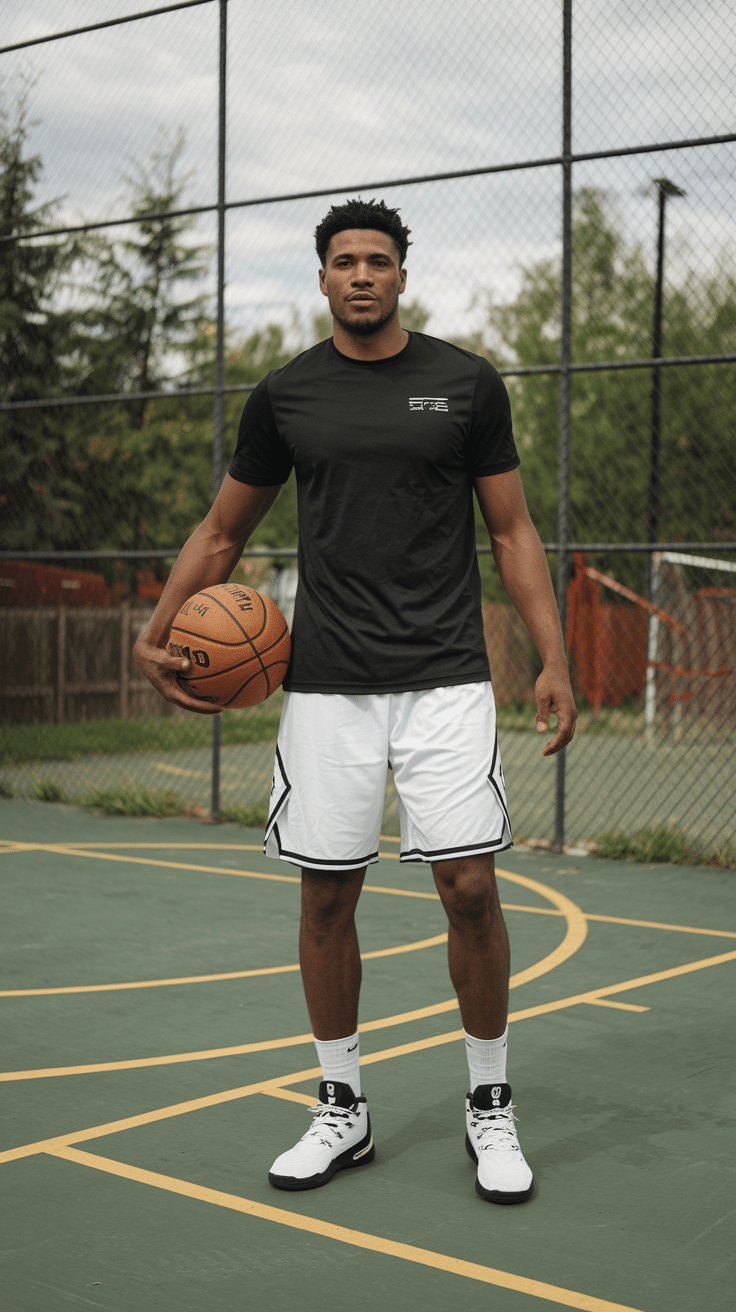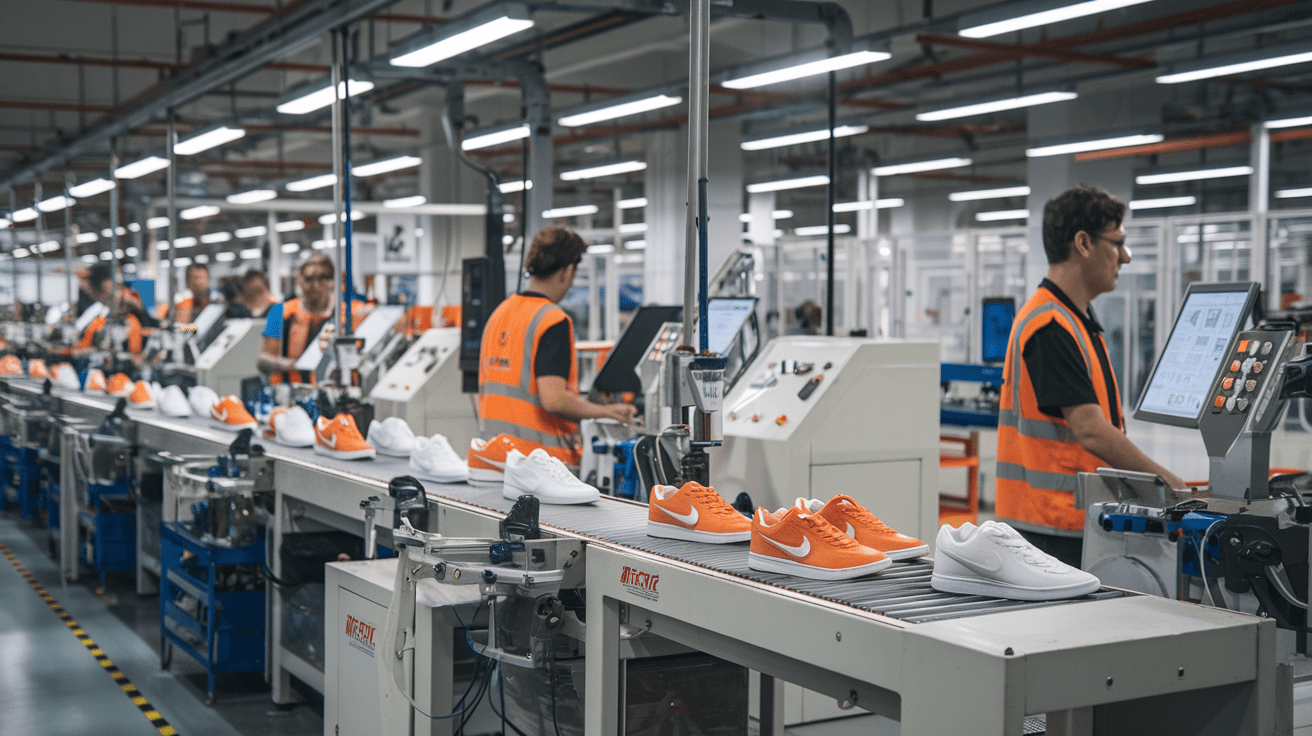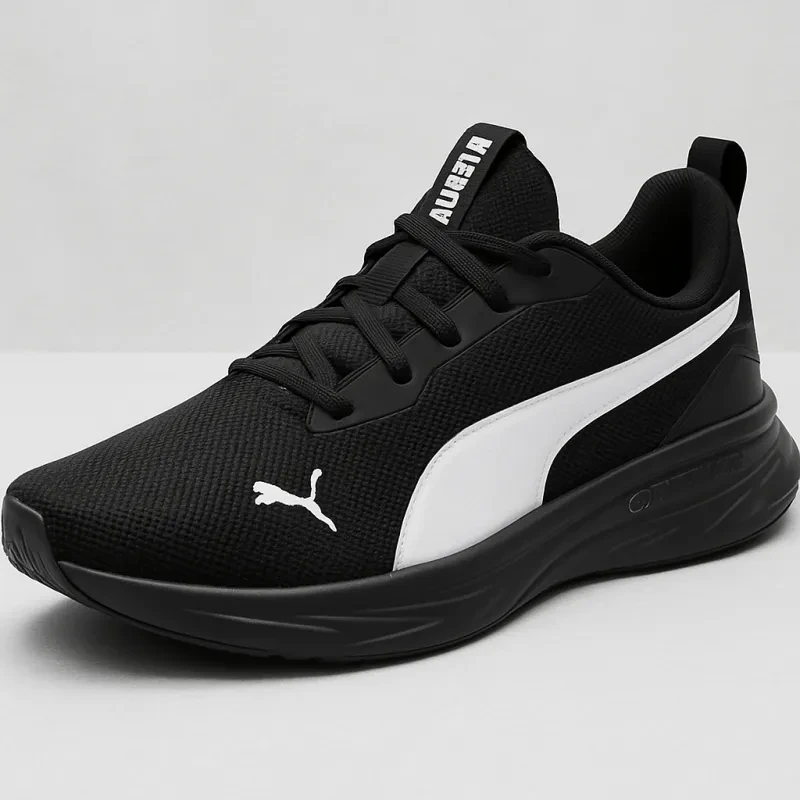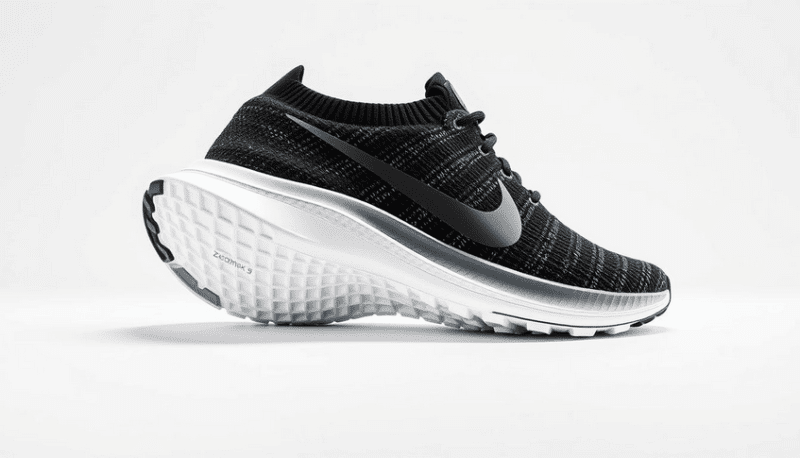Running Shoes From Track to Trail:
Running shoes have come a long way since their inception. From the early days of simple canvas shoes to today's technologically advanced and specialized footwear, the evolution of running shoes has been a remarkable journey. In this article, we will delve into the history of running shoes, explore the key innovations that have shaped their design, and discuss the growing influence of trail running on the shoe industry.
Introduction
Running or athletic shoes or sneakers are specifically designed footwear for athletes and recreational runners. They are crafted to provide support, cushioning, stability, and traction, reducing the risk of injuries and enhancing performance during running activities.
For serious runners, investing in proper footwear is crucial. A well-fitted pair of running shoes can significantly impact running efficiency, reducing strain on the body and increasing comfort.
The Evolution of Running Shoes
Early History of Running Shoes
The concept of running shoes dates back to ancient civilizations, where people used basic footwear made from natural materials such as leather or woven plant fibers. However, these early shoes needed the advanced technology and features we see in modern designs.
The Influence of Track Running on Shoe Design
The rise of track running competitions in the late 19th century brought about significant developments in shoe design. The need for speed and efficiency led to the creation of lightweight and flexible shoes tailored for track surfaces.
Advancements in Materials and Cushioning
In the mid-20th century, rubber soles revolutionized running shoe comfort and durability. As the demand for running increased, shoe manufacturers began incorporating cushioning materials like EVA foam and gel, enhancing shock absorption and reducing impact-related injuries.
Transition to Trail Running Shoes
With the growing popularity of trail running, a new category of specialized footwear emerged. Trail running shoes are designed to tackle uneven terrain, providing additional stability, protection, and grip. They often feature aggressive outsoles with deep lugs to enhance traction on challenging surfaces.
Key Innovations in Running Shoe Design
The Introduction of Rubber Soles
The introduction of rubber soles in the late 1800s was a game-changer for running shoes. Rubber offered enhanced traction and durability, making running more comfortable and efficient.
The Impact of Air Cushioning Technology
In the 1970s, a prominent sports brand's invention of air cushioning revolutionized the running shoe industry. Air pockets within the midsole provided superior cushioning, reducing the impact on joints and muscles.
The Development of Lightweight Materials
Advancements in materials science led to the use of lightweight synthetic materials in running shoe construction. This significantly reduced the overall weight of the shoes, contributing to better performance and less fatigue.
The Role of Biomechanics in Shoe Design
The understanding of biomechanics played a crucial role in designing running shoes that cater to the specific needs of runners. Features like arch support, pronation control, and heel counters were incorporated to optimize running gait and reduce the risk of injuries.
The Influence of Athletes and Sports Brands
Famous Athletes and Their Contributions to Shoe Design
Throughout history, many elite athletes have collaborated with sports brands to design signature running shoes. These shoes are tailored to the athletes' unique requirements and running styles, often inspiring consumer innovation and popularity.
The Rivalry Between Sports Brands in the Running Industry
Competition between sports brands has fueled the evolution of running shoe technology. Brands strive to outdo each other by introducing cutting-edge features and designs, benefiting consumers with a wide range of options.
Marketing Strategies and Their Impact on Consumer Choices
Clever marketing campaigns have played a significant role in shaping consumer preferences. Sports brands invest heavily in marketing to create a strong brand image and drive consumer loyalty.
The Rise of Trail Running
The Growing Popularity of Trail Running
Trail running has recently gained immense popularity among outdoor and fitness enthusiasts. The allure of exploring nature's beauty and the thrill of conquering challenging terrains have drawn many runners to trail running.
Unique Challenges of Trail Running Shoes
Trail running shoes face unique challenges due to the varied surfaces they encounter. They must offer protection against rocks, roots, and uneven terrain while maintaining flexibility and responsiveness.
Trail-Specific Features and Designs
Modern trail running shoes have specialized features, such as rock plates, toe guards, and water-resistant uppers, to enhance performance and protect the runner's feet.
Balancing Style and Functionality
The Emergence of Lifestyle Running Shoes
Beyond athletic performance, running shoes have entered the realm of fashion, giving rise to lifestyle running shoes. These shoes blend style and functionality, making them suitable for workouts and everyday wear.
The Integration of Fashion and Performance
Sports brands collaborate with fashion designers to create running shoes that appeal to a broader audience. This trend has blurred the line between sportswear and streetwear.
Sustainability in Running Shoe Manufacturing
Eco-Friendly Materials and Practices
In response to growing environmental concerns, sports brands have started incorporating eco-friendly materials like recycled plastics and natural fibers in shoe production.
Recycling and Reducing Environmental Impact
Several brands have implemented recycling programs, allowing consumers to return old shoes for recycling, reducing the environmental burden.
Future Trends in Running Shoe Technology
Incorporation of Smart Technology
Technology advancements have paved the way for smart running shoes with embedded sensors that track performance metrics, providing real-time feedback to the runner.
Customized 3D-Printed Running Shoes
Soon, 3D printing technology may enable the creation of custom-fit running shoes perfectly tailored to individual foot shapes and running styles.
Improving Performance through Data Analysis
Collecting and analyzing running data can lead to more precise shoe designs, optimizing performance and injury prevention.
Conclusion
Remarkable innovations and adaptations have marked the evolution of running shoes. From simple canvas shoes to high-tech, trail-specific footwear, running shoes have evolved to meet the diverse needs of runners. As we move forward, integrating technology and sustainable practices will shape the future of running shoe design.
FAQs
- Q: Are running shoes necessary for casual runners?
- A: While not mandatory, running shoes provide crucial support and protection, reducing the risk of injuries and enhancing comfort for all runners.
- Q: Can I use trail running shoes for regular road running?
- A: Trail running shoes may offer additional traction but are also suitable for road running. However, specialized road running shoes may provide better performance on smoother surfaces.
- Q: Are expensive running shoes worth the investment?
- A: Expensive running shoes often feature advanced technologies and superior materials, which can enhance performance and durability. However, excellent mid-range options are also available.
- Q: How often should I replace my running shoes?
- A: Replacing running shoes every 300-500 miles is recommended to maintain optimal support and cushioning.
- Q: Can I wash my running shoes in a washing machine?
- A: Running shoes should not be washed in a washing machine, as this can damage their structural integrity. Instead, they should be hand-washed with mild soap and water.
DISCLAIMER
This document is provided for general information purposes only and should not be relied upon as providing legal advice, technical, or specific operational guidance to the reader, whether as to the practices described in the document or the applicable legal requirements and regulations. Save on Sneaks expressly disclaims any responsibility for liability arising from or related to the use or misuse of any information in this document.






